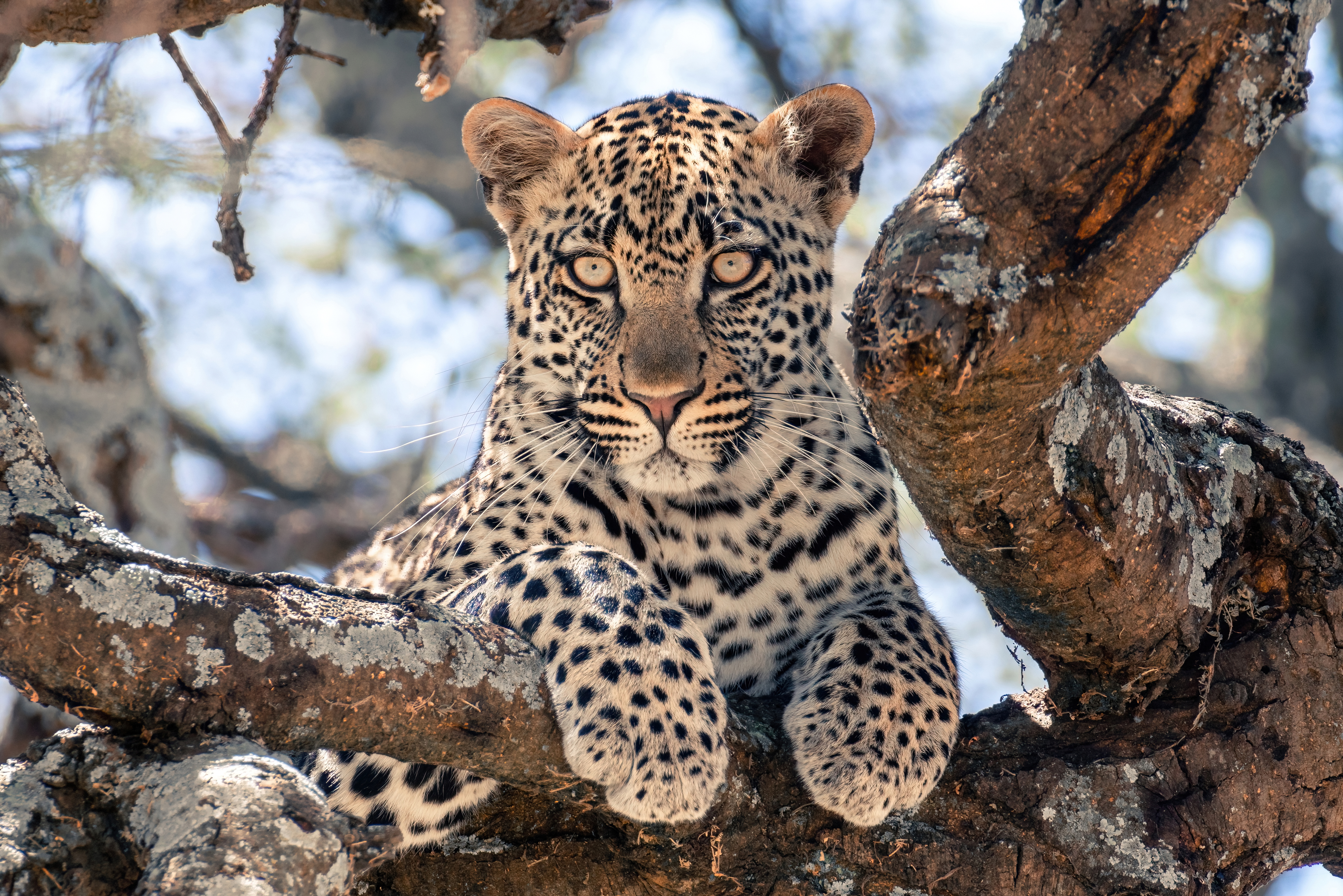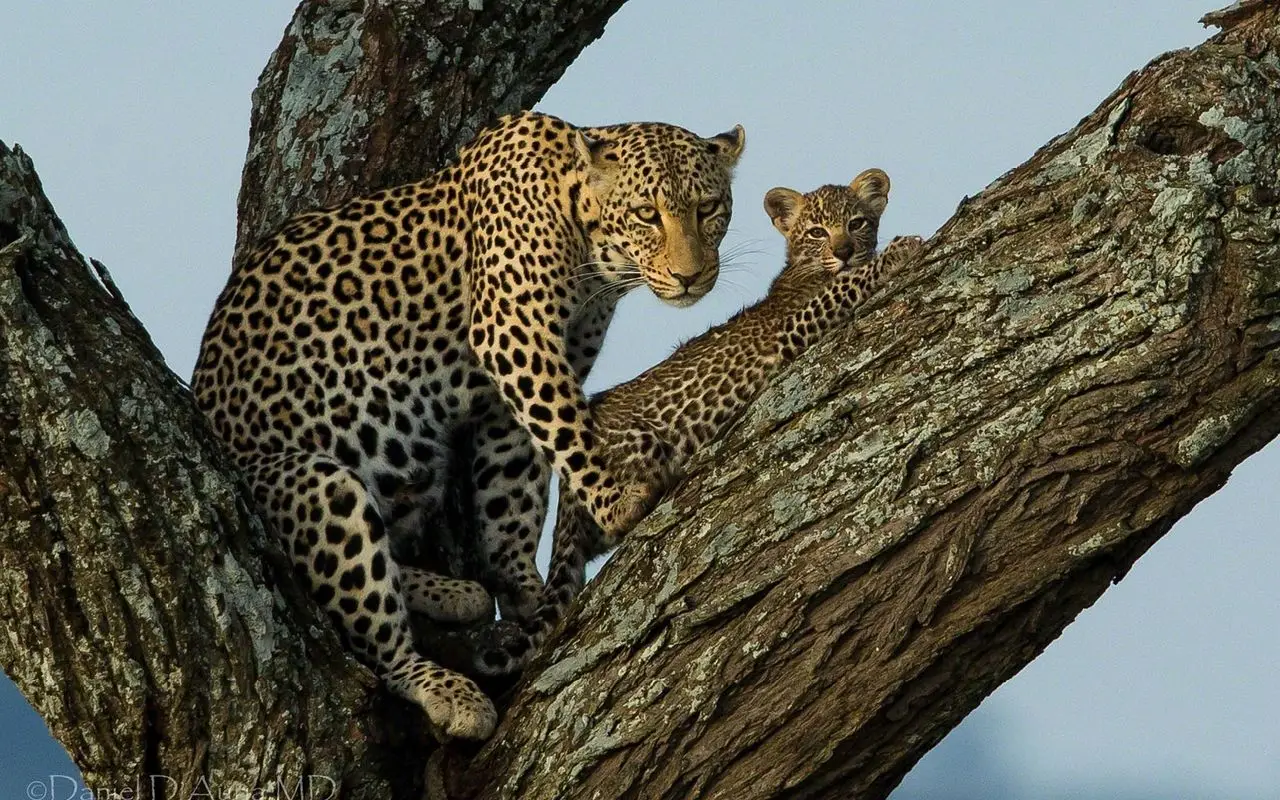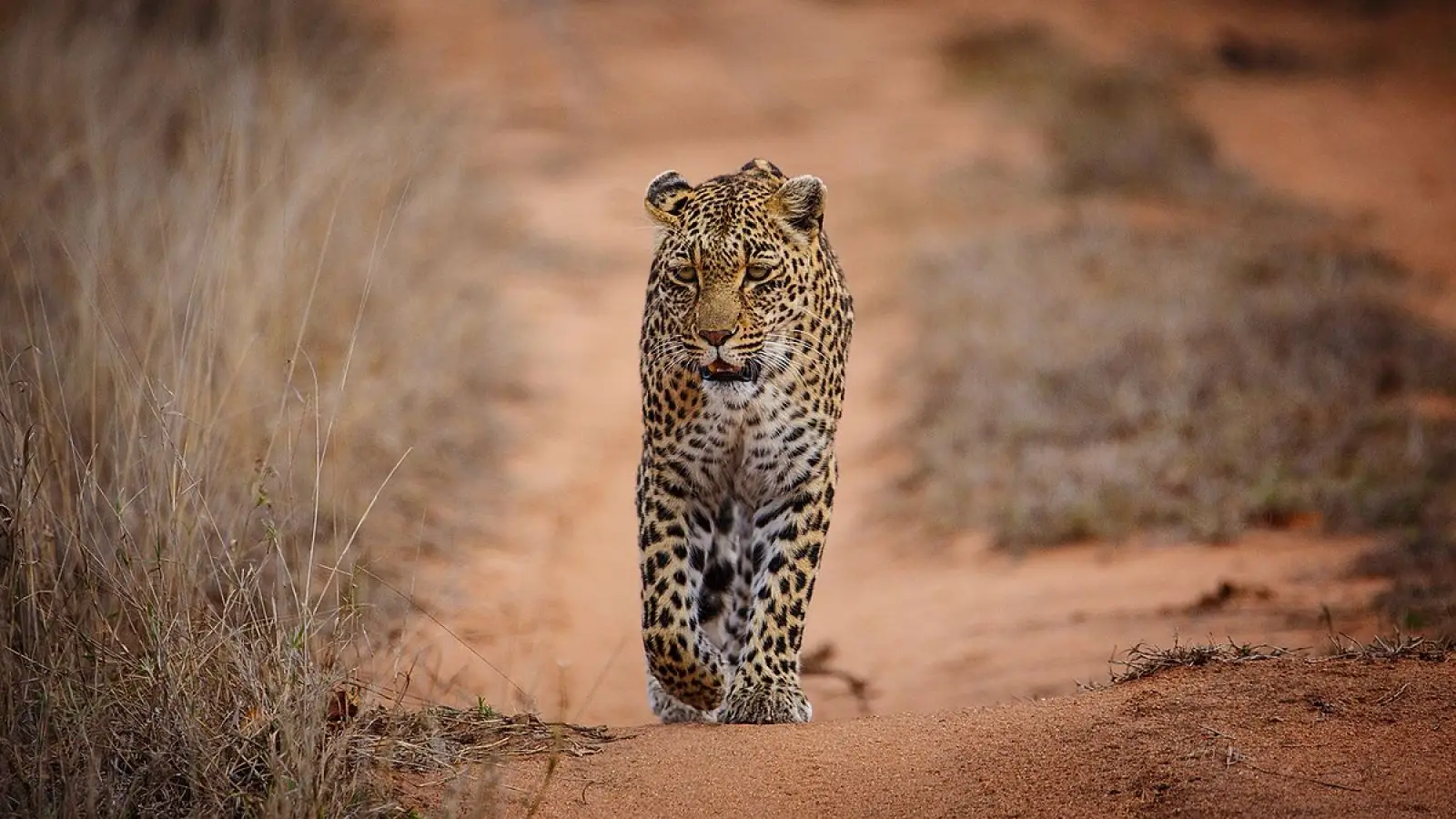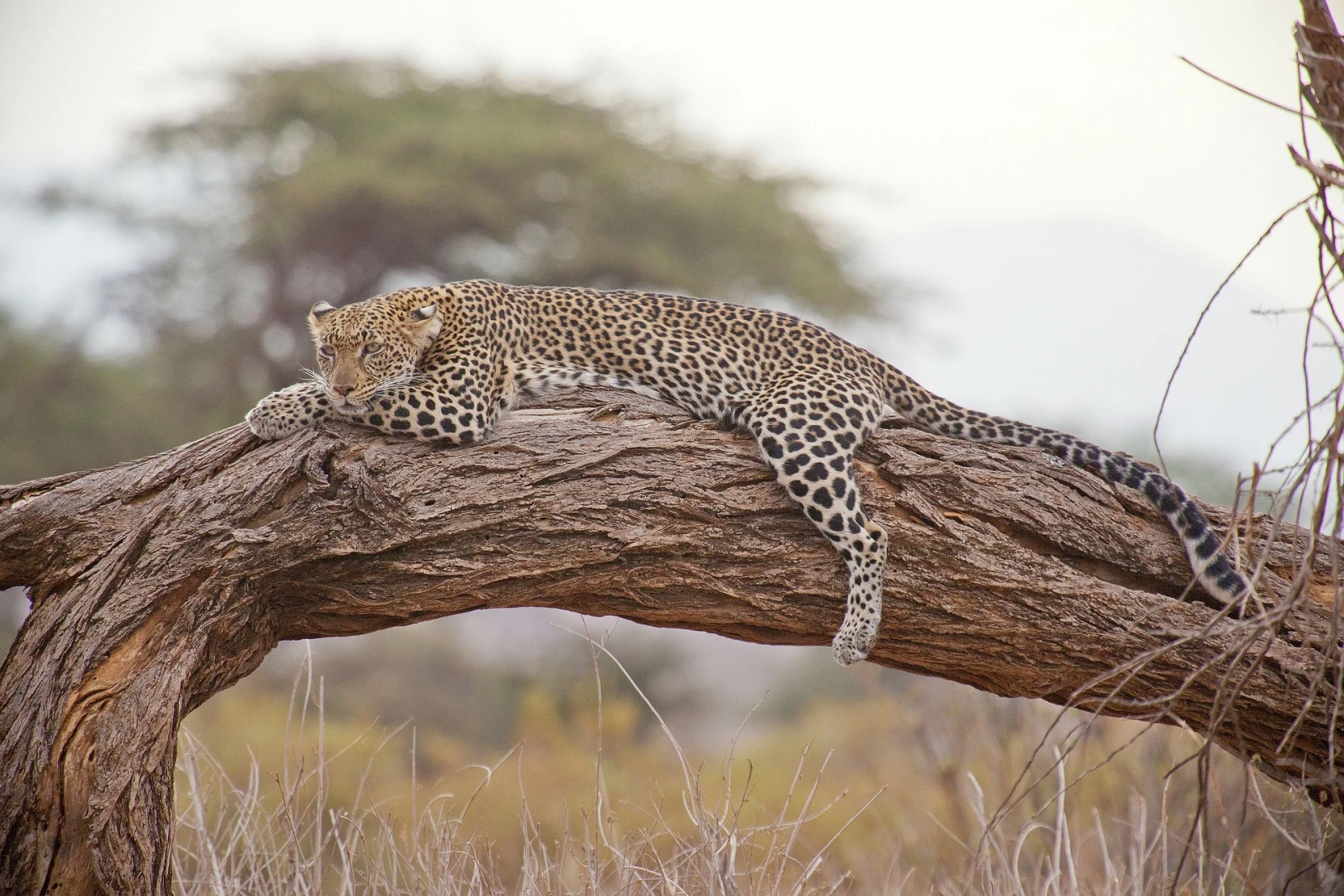
Introduction
There's a hushed reverence that falls over a safari vehicle when a leopard is spotted. This master of camouflage, with its rosette-patterned coat melting into the dappled light of a tree canopy, is one of Africa's most sought-after sightings. Tarangire National Park, with its magnificent baobabs, dense riverine woodlands, and iconic sausage trees, provides the perfect stage for these elusive predators.
The leopard, a creature of exquisite beauty and stealth, embodies the wild spirit of Africa. Spotting one draped over a sausage tree branch or ghosting through the undergrowth is a moment of pure safari magic. Tarangire National Park, with its diverse habitats and abundant prey, is prime leopard territory. As a guide who has spent countless hours tracking these elusive cats, I'll share my strategies and insights to help you increase your chances of an unforgettable encounter.
Understanding Tarangire's Leopards: Habitat and Habits
Leopards are solitary, incredibly adaptable, and largely nocturnal, which makes them challenging to find.
- Preferred Hangouts: In Tarangire, they have a particular fondness for large trees, especially sausage trees (Kigelia africana) and acacia tortilis (umbrella thorn trees), where they can rest, survey their territory, and keep their kills safe from scavengers like hyenas. The dense vegetation along the Tarangire River and its tributaries also provides excellent cover for hunting and resting.
- Diet and Hunting: They are opportunistic hunters with a varied diet, including impala, gazelles, warthog piglets, birds, and even monkeys. They are immensely powerful, capable of hoisting prey heavier than themselves up into trees.
- Elusive Nature: Their stealth and ability to remain unseen are legendary. You could drive past a tree harboring a leopard multiple times and never know it's there. That’s part of their mystique!
Apollo's Strategies for Spotting Leopards in Tarangire
Finding a leopard requires a keen eye, patience, and a bit of luck. Here’s what I’ve learned over thousands of game drives:
-
Scan the Trees – Meticulously: This is rule number one. Don't just glance. Leopards blend in incredibly well.
- Look for Shapes: Search for anything that breaks the natural pattern of the branches – a rounded back, a dangling tail (often the first giveaway!), or a leg.
- Focus on Large, Horizontal Branches: These are their favourite lounging spots, especially during the day. Sausage trees with their thick, shady limbs are prime real estate.
- Check a Tree from Multiple Angles: Circle a promising tree if possible and safe. A leopard hidden from one side might be visible from another.
-
Listen to the Bush Telegraph:
- Monkey Mayhem: Vervet monkeys and baboons will often create a huge commotion – loud, agitated barks – if they spot a leopard. If you hear this, investigate (cautiously!). I’ve found many leopards by following the frantic calls of monkeys.
- Bird Alarms: Certain birds, like the Go-Away-Bird, will also sound the alarm.
-
Timing is Everything:
- Early Mornings & Late Afternoons: Leopards are more likely to be active and moving around during the cooler parts of the day, increasing your chances of spotting them on the ground or climbing.
- Midday Siesta: During the heat, they'll be high up in a shady tree, so your tree-scanning skills become even more critical.
-
Look for Signs:
- Tracks: Fresh leopard tracks in a dusty road or riverbed can indicate recent activity.
- Scat: Leopard scat is distinctive.
- Kill in a Tree: If you spot a carcass (like an impala) hoisted into a tree, the leopard is almost certainly nearby, likely resting digestively in the same tree or a neighboring one. This is a golden opportunity!
-
Patience is Your Superpower:
- Don't rush from one spot to another. If you're in good leopard habitat, take your time.
- Sometimes, a leopard might be hidden initially but will shift its position or flick its tail if you wait.
- I always tell my guests, "We are on 'leopard time' now."
-
The Power of a Good Guide:
- An experienced local guide knows the park, understands leopard behaviour, and is networked with other guides who might share recent sightings. This dramatically increases your chances.
Spotting a leopard in Tarangire is a truly rewarding experience, a testament to your patience and your guide's skill. It's a glimpse into the life of one of Africa's most enigmatic and beautiful predators. The thrill of finally seeing those rosettes amongst the leaves is something you'll never forget.
About the Author
APApollo
Veteran Guide & Leopard Specialist
Former park ranger with over 7000 days of safari experience
Shadow Stalkers: Tracking Leopards in Tarangire National Park



Frequently Asked Questions about Leopard Spotting in Tarangire
Location
Ready to explore this highlight?
Contact us to plan your perfect safari experience that includes a visit to this amazing destination.
Ready to Experience Tanzania?
Browse our safari tours to start planning your adventure.
View Safari Tours